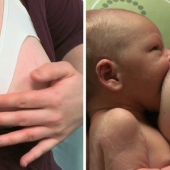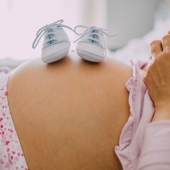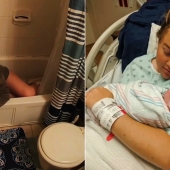During pregnancy, the umbilical cord links the developing fetus to the uterus. One vein and two arteries transport blood, nutrients and waste products. Following birth, the cord is usually tied or clamped. It is cut and the cord and placenta are then often disposed of. But cord blood is rich in stem cells that can form new blood cells. These blood-forming stem cells can help treat conditions such as cancers, immune deficiencies and genetic disorders.
With consent, cord blood can be collected after the cord is cut. To extract the cord blood, the placenta is hung from a sterile support. The cord is cleaned and a needle is inserted into a blood vessel and blood flows from the cord into a collection bag. This donation, stored anonymously, can be used to help other children or adults.
Not every donated cord is successful. Each cord must provide a minimum of 60ml of blood to merit long-term storage and tests are used to detect HIV, hepatitis and other infections. Cord blood must also be frozen as soon as possible after collection, so it is transferred to a laboratory for examination and storage.
Cells in cord blood can help replace or rebuild defective bone marrow. Genetic analysis of cord blood tests for proteins called human leukocyte antigens (HLA). This determines the donor’s tissue type and matches HLA protein tags between donor and recipient. People of certain ethnicities can struggle to find a donor with matching tissue type, so cord blood banks are actively looking for more donors from these ethnic groups.
In the UK, the National Health Service collects cord blood from six maternity hospitals: Barnet General Hospital; Northwick Park Hospital; Luton and Dunstable Hospital; Watford General Hospital; St George's Hospital, London and University College Hospital, London. The Anthony Nolan cancer charity collects from another four: Saint Mary's, Manchester; King's College Hospital, London; Leicester Royal Infirmary and Leicester General Hospital.
These cord blood banks combined have collected more than 21,000 units of cord blood. They are aiming for a total of 30,000 by the end of 2018.
Read more stories about the science of life: https://mosaicscience.com
- 5847 views













